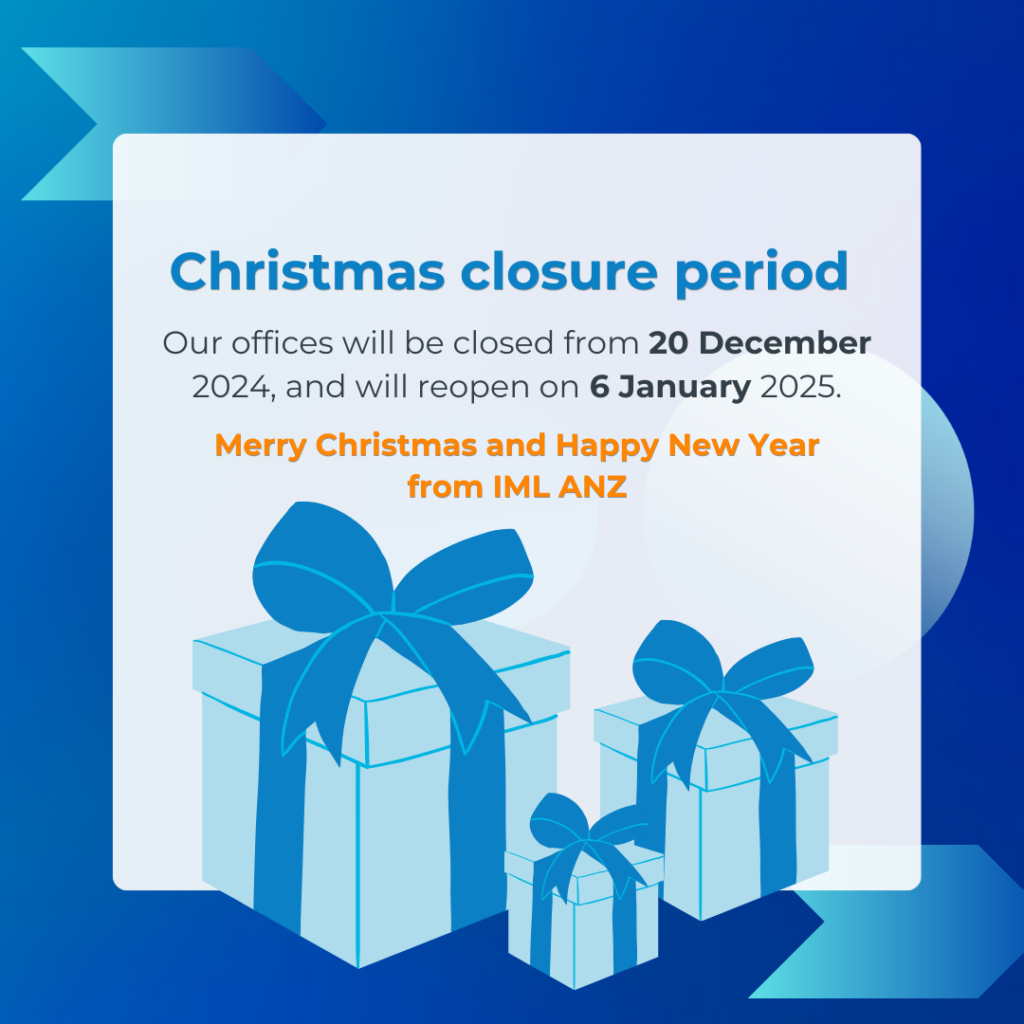A reorganisation within a business can be undertaken for a range of reasons — but understanding how to manage the human element is critical,
no matter why the project has been undertaken.
By Derek Parker // Illustrations by Dane Mark
once upon a time, a good manager was seen as one who kept things flowing smoothly and kept everything in its right place. But that era is past. Now the key role of managers – and of leaders – is to initiate, deal with, and consolidate change, in response to rapid movements in the market, disruptive technologies, and intense global competition. Every manager is likely, in the course of his or her career, to go through at least one major corporate reorganisation; most will go through several of them.
The irony is that despite the importance of reorganisations, they are often undertaken without the forethought, care, and deep thinking that they require.
As a result, many reorganisations fail to fully achieve their objectives, according to a recent book, ReOrg: How To Get It Right. The authors, Stephen Heidari-Robinson and Suzanne Heywood, former senior analysts with the respected consulting firm McKinsey, amassed a huge amount of survey data and empirical information as part of their examination, and the picture it presented was not pretty.
“According to our global data, only 16 per cent of corporate reorganisations provided the results they were supposed to, in the time they were supposed to,” Heidari-Robinson told Leadership Matters. “70 per cent delivered some value. In nine per cent of cases, the reorganisation actually damaged the company in the long run.
“Stop for a moment to consider this: Imagine that you learned that less than one-fifth of your product launches, projects, or initiatives had delivered their full objectives, that a significant number had hurt your business, and that the mass in the middle had limited or uncertain value. You would probably conclude that there is a significant scope for improvement – very significant scope.”
Rationale explained
In fact, Heidari-Robinson believes that many company-wide reorganisations are not needed; the problems that need to be addressed could be solved with changes at division or business-unit level. Interestingly, reorganisations implemented by a freshly-appointed leader who brings in organisational change as part of the ‘new order’ of their leadership are very likely to fail. To have a decent chance of success the reorganisation needs to have a clear rationale, measurable benefits, and purposeful strategy.
The most common motive for reorganising is to enable revenue growth (27 per cent), followed by cutting costs (12 per cent), moving to a best-practice model (12 per cent), and bringing change into an organisation that has become too static (10 per cent).
“Across almost all business sectors, the most serious issue is employees’ active resistance to the changes,” says Heidari-Robinson. “Until staff know what the reorg means for them they have no ears for the exciting future of the reorg. They still assume the reorg is about job losses. The leader’s enthusiasm for this change feels discordant and uncaring to them. Leaders should realise that most employees hate these kinds of changes. But they hate secrecy and uncertainty more.”
Most Australian reorgs fail to lift performance
In Australia, according to the annual Salary Guide produced by recruitment firm Hays, about half of companies are currently undergoing or considering some level of restructuring.
“There are countless economic, political and regulatory factors impacting industries, organisations and workforces, as well as the new technologies of the fourth industrial revolution,” says Nick Deligiannis, Managing Director of Hays in Australia & New Zealand. He points to a study by management consulting firm Bain & Company that suggests that fewer than one-third of restructures lead to improved performance.
“We expect the current level of restructuring activity to continue but we also expect that many reorganisations will fail,” he says. “There are many reasons, including an organisation’s leaders not being clear on what they are trying to achieve, failing to plan appropriately, not achieving the buy-in of their staff and not ensuring that change is reflected in the firm’s culture.”
Deligiannis believes that Australian companies perform fairly well when it comes to identifying the people and skillsets that will be needed in the rebuilt organisation, and recruitment of new talent usually starts at an early stage. In fact, a reorganisation can even be an advantage in the war for talent, as it means there are new opportunities and possibilities.
But company leaders are often less adept at working with their existing workforces to provide a rationale and roadmap for change.
“It is very important to align a workforce in response to organisational change, while also ensuring that staff understand why change is occurring, are engaged with the new way of operating, and receive upskilling if required,” Deligiannis notes. “Otherwise, they will fall back into the same old work patterns.”
Thought needs to be given to cultural change as well. This is particularly the case when a reorganisation comes about due to a merger or acquisition, so there is not one common culture but two that need to be integrated. Ignoring issues of culture in a reorganisation is a recipe for failure.
“In all this, the executive team has to lead from the front, embodying the changes they expect to see in others and creating an environment where all employees feel they can share ideas and talk openly about the changes occurring around them,” says Deligiannis.
“Whether the result of a merger and acquisition, the growth of a department or even the establishment of a new team, any new job profiles need to be designed to align with the organisation’s goals so that they help achieve success from the beginning of the process. Without accuracy on this point, the right candidates with the right skills and background will not be identified and an organisation will not be able to improve business results.”
Looking for solutions
There is good evidence that the high level of reorganisation currently taking place in Australia is underpinned by a capacity to identify problems early and address them before they grow into crises. According to KPMG’s 2017 Evolving Deals Landscape survey, nearly half of Australia’s large companies are looking to improve operations, especially in their use of working capital, including management of receivables, payables and inventory.
Matthew Woods, KPMG’s Head of Restructuring Services, is not surprised. “For many CFOs and treasurers in today’s environment, cash management is high on their radar,” he says. “It is what you would expect to find in an economy which has been strong but is coming under stress. Businesses need to reset their cost base and restructure to ensure they are resilient going forward. They need to extract every dollar from their operations in response to increasing economic and financial pressures.
“There is a flow-on effect. If you are not actively improving working capital performance right now, then standing still is very much moving backwards. Whether you notice or not, there is a high chance that your suppliers and customers are optimising their working capital at your expense.”
Public sector lessons
“When it comes to reorganisations, the public sector and the private sector handle the processes very differently,” says Jacqueline Hiddlestone FIML, who has been involved in a range of restructures. She currently heads Jackal Oz, a consulting firm that offers advice on strategic development and operational delivery.
“[Public sector reorgs are different] mainly due to the level of union involvement, policies in place and greater willingness to discuss what is happening. Private sector companies usually pay minimal redundancy payments whereas public sector agencies usually have procedures such as moving people into a pool of available staff for a period of time, additional assistance in seeking alternate employment, and larger redundancy payments.”
There is often a difference in the support mechanisms too, such as dedicated HR or other staff. This leads to a more structured approach. If the reorganisation involves redundancies then transition options are available, and where redundancies are not involved there are re-training options.
Hiddlestone believes that reorganisations are more common in the public sector than the private sector, often due to changes in the statement of corporate intent provided to the government. In fact, this sense of continual reorganisation can become very disruptive. Change fatigue may drive talented staff to move on. Other employees can switch to ‘cruise’ because they believe that the work environment will change again shortly. This allows some to stay under the radar in terms of delivering agreed outcomes.
“I have found that a combination of communications channels works best,” she says. “Face-to-face sessions allow everyone to hear the same message about the direction, the target and the journey. This might be followed by a Q&A and written communication. An anonymous email avenue also allows concerns and questions to be raised without staff feeling they will be penalised for raising them. An open-door policy that allows staff to have private discussions provides an additional assurance that they are being heard and the organisation values them.
“Where redundancies may arise, the manager should do whatever is possible to explore options with individuals. Where do they see themselves in a year, or in five years? This can also help decide on who is impacted where there are equal capabilities against
fewer positions.”
Planning needed
The issue of planning – or, rather, failing to plan appropriately – looms large in any discussion as to why so many reorganisations do not achieve their goals. In many cases, the problem starts at the top. Some boards do not fully grasp the difficulties of a reorganisation, seeing it as either a matter of redrawing lines and boxes or seeing it only in financial terms. Many reorganisation projects are under-funded, considering
the problems they are
trying to solve.
Any presentation by senior management to the board must be able to explain and demonstrate the issues. For this reason, there should be a series of board meetings dedicated to the reorganisation, as well as regular updates while the process is in train. Sign-off of the plan must be clear and explicit, and there needs to be adequate resourcing for the project.
From this point the company leaders need to have a well-developed strategy for communicating the plan, including a means for making it available to all staff, whether or not they are directly affected. Any communications vacuum will be filled by gossip and speculation, which might then take a long time to correct.
Managerial accountability can only take place with transparency. Any attempt to keep the project secret is essentially counter-productive; more likely to alienate employees than win them over.
In the operational plan it is easy for the planners to place too much focus on the company’s weaknesses. But existing strengths must also be acknowledged and, if possible, developed. This goes back to the reason for a reorganisation: it must not be about change for the sake of change, but change for a specific, clearly articulated purpose.
“It is very important that staff hear their leaders, from the CEO to team leaders, talking regularly about the reorg, through internet sessions and ‘town halls’,” Heidari-Robinson says. “You should continually communicate the one big thought of the reorg – for example, moving from print to digital, or making local managers accountable for P&L outcomes – and the three to five biggest organisational changes that will make this happen.”
Managing employees who have received redundancy notices is an extremely difficult challenge, even with a good communications strategy, maximum sympathy from managers, and a generous payout. Their motivation can drop to zero and they might even look for ways to inflict symbolic – or real – damage on the company. External recruitment consultants and transition support providers can be very valuable at this point, helping the people affected look to future opportunities and possibilities.
Heidari-Robinson believes that the best way to handle this stage is to move as quickly as possible, offering thanks to departing employees and moving to re-focus continuing employees on their new roles.
“A slower process just drags out the water torture,” he says. “Good planning and speed are of the essence when it comes to reorgs.”
While having a clear plan is crucial it is also important to check progress along the way, through mechanisms such as employee surveys or metrics analysis. There might be a need to make changes in implementation if significant problems emerge.
Even when the reorganisation is complete there is still a great deal more work to be done.
“Plan for your reorg project team to return to conduct a review, one or two reporting cycles after implementation,” suggests Heidari-Robinson. “Do not declare victory for your reorg until it delivers the business results you wanted, which is sure to be some time after the actual implementation.”
Above all, accept that any large-scale reorganisation is going to be difficult. It affects the lives of employees – people who deserve to be treated with respect and consideration. Done poorly, a reorganisation can create a reservoir of dissatisfaction within the workplace. Done well, with effective communication and solid leadership, it can create new opportunities, transform operational efficiencies, and improve the organisation’s ability to deal with market changes and competitive pressures.
“Our advice is that you should only do a reorganisation if you have the rationale clear and you completely understand the likely cost of the change,” Heidari-Robinson emphasises. “If this has not happened, stop and think again.”



